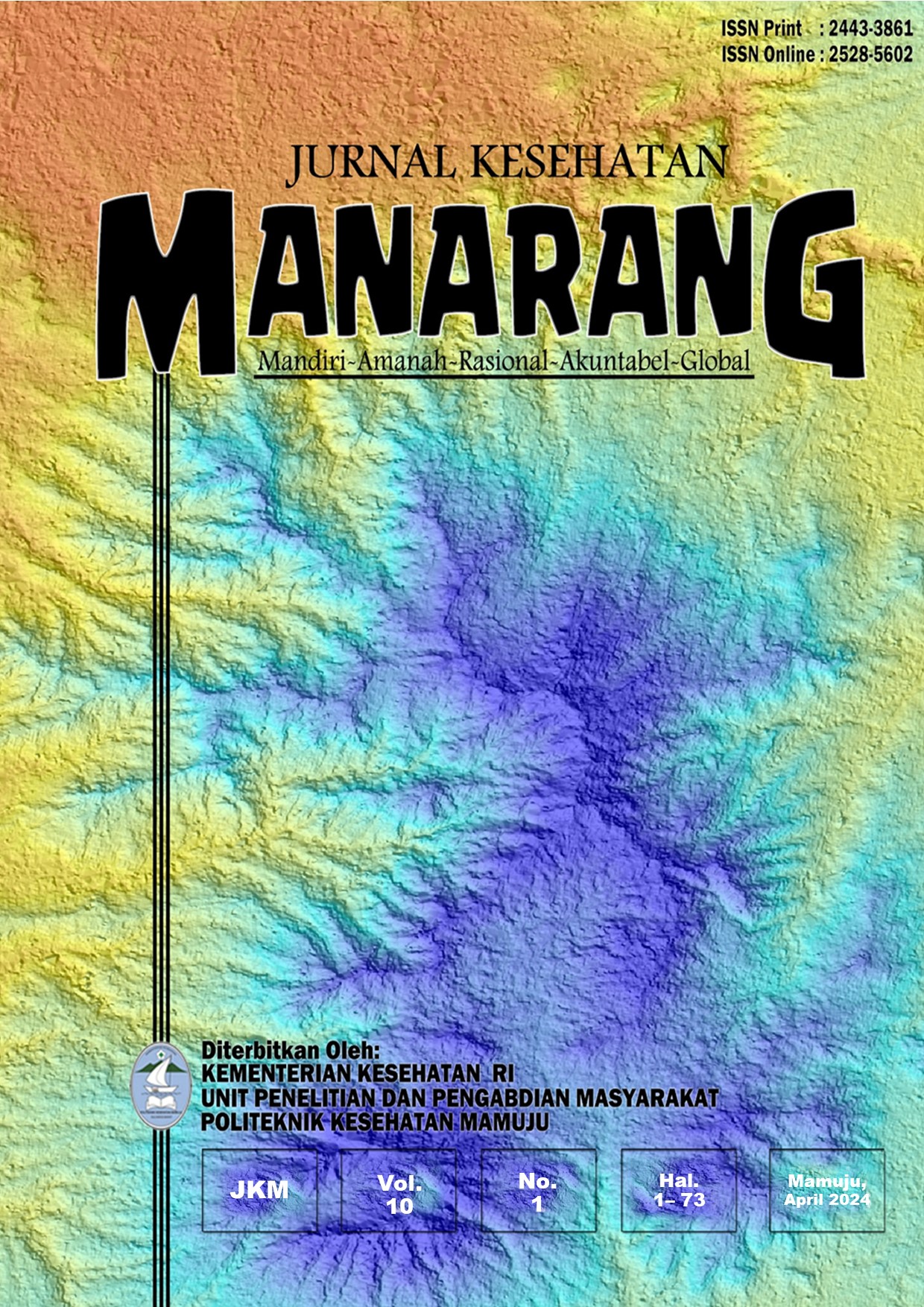The Effect of Diaphragmatic Breathing Exercises on Peak Expiratory Flow Rate in Bronchial Asthma Patients
Abstract
Background: Asthma is a prevalent, chronic, and varied condition in which most people experience dyspnea, wheezing, chest tightness, and coughing due to reversible airway obstruction, airway inflammation, and bronchial hyperreactivity. cause the quality of life to diminish. The breathing method known as diaphragmatic breathing is tailored to the needs of asthmatics. During a deep inhale, a breathing method called diaphragmatic breathing relaxes the respiratory muscles. Objective: To determine the effect of diaphragmatic breathing exercises on peak expiratory flow rate (PEFR) patients with bronchial asthma. Method: This type of research is quasi-experimental with a one-group pre-test and post-test design. The sampling method used purposive sampling with 15 respondents. The PEFR measurement instrument uses a peak flow meter. Data were analyzed univariately and bivariately using the paired T-Test. Results: The average PEFR value before and after diaphragmatic breathing exercise therapy was 246.67 L/minute and 300 L/minute. There was a significant difference in PEFR before and after being given diaphragmatic breathing exercise therapy with an increase in PEFR value of 53.33 L/minute (p-value 0.00). Conclusion: Diaphragmatic breathing exercises have a significant influence on PEFR values in bronchial asthma patients












